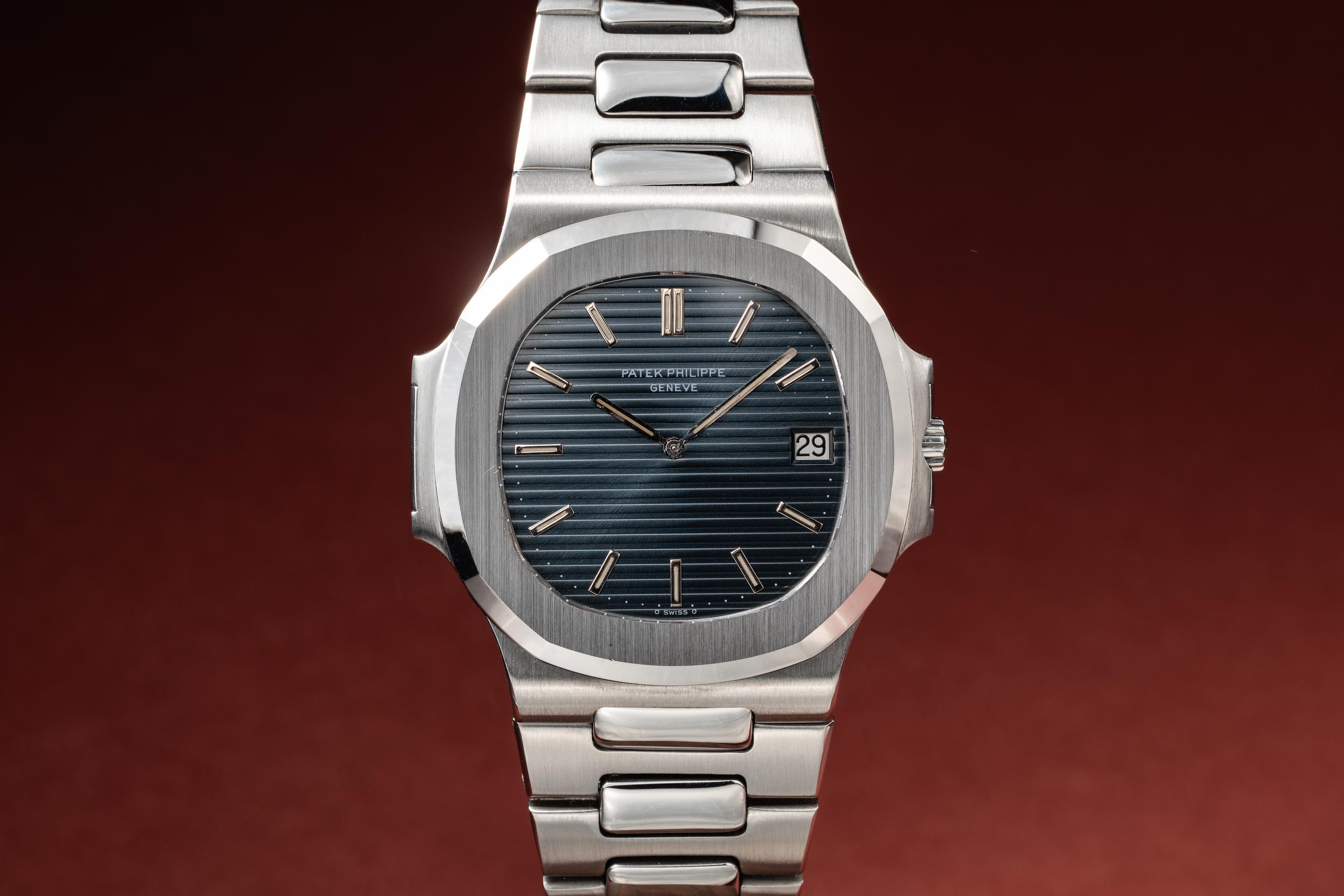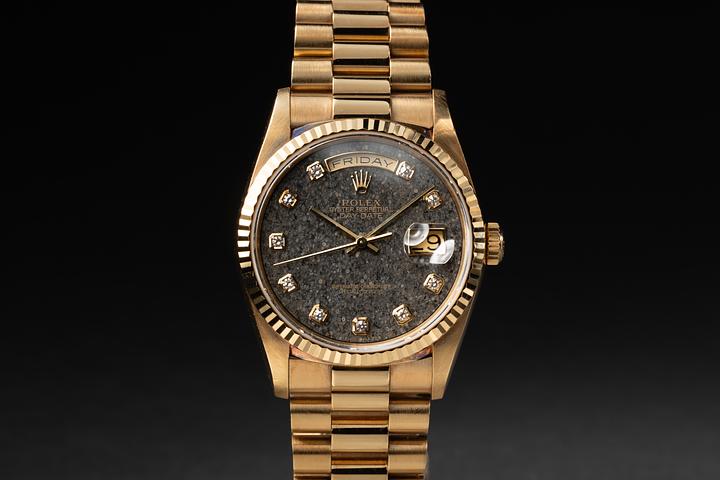Top Swiss Watch Brands That Define Time, Style, and Legacy

The Timeless Allure of Swiss Watch Brands: Precision, Heritage, and Innovation
Let’s face it—you don’t need a Swiss watch in 2024 to know the time. It’s on your phone, your laptop, basically every screen you glance at. But still, there’s something about that subtle motion of sweeping hands, the quiet confidence of wearing a legacy on your wrist. Swiss watches aren’t just about function. They’re about tradition meeting precision, elegance backed by centuries, and craftsmanship that says: someone really cared about making this. And if you’ve ever dropped into the rabbit hole of horology (I have, mid-coffee once), the brands that rise again and again are—unsurprisingly—Swiss. So let’s talk about them. About the big players, the understated masters, and what gives Swiss watchmaking its enduring edge. Because this is more than telling time. It's about keeping it.
The Swiss Watch Industry: A Legacy Forged in Time
Switzerland didn’t always dominate the watch game. In the 16th century, religious reforms in Geneva led John Calvin to ban jewelry… but not watches. Jewelers, looking for a loophole, pivoted to making timepieces, thereby laying the groundwork for what would become a juggernaut of craftsmanship. It wasn’t until the 18th and 19th centuries that the Swiss watch industry truly began to flourish, thanks to precision improvements and mass mechanization.
By the late 1800s, Switzerland accounted for more than half of the world's total watch exports. Fast forward to the 1970s, and the industry faced its biggest existential threat: the Quartz Crisis. Japanese manufacturers, primarily Seiko, introduced cheaper, battery-powered quartz watches that upended the traditional Swiss mechanical scene. Many iconic maisons nearly folded. But Swiss watchmakers doubled down on mechanical complexity, pushing boundaries with complications, tourbillons, perpetual calendars—and a marketing focus on heritage and exclusivity. The result? A rebirth that placed Swiss artistry right back on its throne, only stronger this time.
Rolex: The Quintessential Status Symbol
Let’s start with the obvious, shall we? Rolex. That crown logo is practically shorthand for success—not just in watch circles but pop culture, finance, music, you name it. Founded in 1905 in London (uh, plot twist), Rolex moved operations to Geneva in 1919 and has since become one of the most sought-after brands worldwide. It's not just hype. Rolex was the first to secure chronometer certification for a wristwatch. They also brought the world the first waterproof wristwatch (hello, Oyster), the first self-winding mechanism (the Perpetual rotor), and the Datejust, which—surprise—was the first watch to automatically change the date.
What sets Rolex apart is its commitment to consistency. Designs evolve subtly—modernized, not reinvented. Whether it's a Submariner or a Daytona, each piece balances rugged durability with elegance. You wear one, you're not just wearing time—you’re wearing legacy. And yeah, maybe a little envy from the guy next to you in the elevator.
Omega: Innovation Meets Pop Culture
Ah, Omega. Based in Biel/Bienne, the brand’s been forward-thinking since its founding in 1848. People often peg Omega as Rolex’s closest competitor, but the vibe is different. Omega leans into science, exploration, even fiction. From being the official timekeeper of the Olympics since 1932 to being chosen by NASA for all manned space missions, Omega’s résumé is...stellar (literally).
Arguably the most famous Omega? The Speedmaster Professional. Yep, the Moonwatch. When Neil Armstrong and Buzz Aldrin set foot on the lunar surface in 1969, they were wearing Speedmasters. That blend of precision, dependability, plus the cool factor of being astronaut-approved—it’s hard to compete with. And let's not forget the Seamaster, which, unless you’ve been under a rock, has been on the wrist of James Bond since 1995. Omega’s attention to innovation, with features like the co-axial escapement for reduced friction, ensures it remains not just relevant but leading.
Patek Philippe: Artistry in Horology
Enter Patek Philippe, the watch brand most collectors whisper about with reverence. Often called the last word in traditional watchmaking, this brand is known for designs that combine exceptional mechanical intricacies with understated elegance. Founded in 1839, it’s one of the oldest independent watch manufacturers still run by the founding family. Let that sink in for a moment.
The Calatrava, the Nautilus, the Grand Complications collection—each Patek shows off unique heritage with meticulous finishing. The brand is particularly known for its complex complications. Triple calendars, minute repeaters, perpetual calendars—they’re not just features, they're marvels. And if you think a Rolex is hard to get, try getting on the list for a Nautilus. Collectors pass them down like heirlooms. Heck, their ads literally say you "never actually own" one. Honestly? Bold. But deserved.
TAG Heuer, Audemars Piguet, and the Swiss Modern Renaissance
Okay, quick pivot while I refill my tea. Swiss watchmaking isn't a closed triad of just Rolex, Omega, and Patek. There’s a rich spread of brands carving unique identities. TAG Heuer, for one, brings motorsport adrenaline to the wrist. Founded in 1860, TAG Heuer merged history with youth appeal and precision chronographs that cater to Formula 1 fans and modern adventurers alike. Their Monaco chronograph—just picture Steve McQueen in “Le Mans”—remains iconic to this day.
And then we’ve got Audemars Piguet. Oh, AP. This is the brand that redefined luxury sports watches with the advent of the Royal Oak in 1972—a bold move during the Quartz Crisis, with a steel watch marketed as high-luxury (and priced accordingly). Designed by the legendary Gérald Genta, the Royal Oak proved that haute horology could have an edge. Literally. Its angular, octagonal bezel, exposed screws, and integrated bracelet became an icon that influenced decades of design.
Beyond that, brands like Jaeger-LeCoultre, Blancpain, and Vacheron Constantin continue to push high complications and finishing techniques that rival the best. JLC’s Reverso? Still unmatched in elegance and storytelling. Blancpain’s dive legacy? Undeniably foundational with the Fifty Fathoms. And Vacheron? It's one of the oldest watchmakers in the world, dating back to 1755. Their pieces carry history like few others.
Why Swiss Watches Still Matter in the Digital Age
Look, we’re living in a world of smartwatches, TikTok timekeepers, and wristwear that talks back. And yet…Swiss watches endure. Why? Because they aren’t just devices. They’re stories. Engineering feats. Tokens of memory, accomplishment, maybe even indulgence—and there's nothing wrong with that. Swiss craftsmanship continues to matter because it’s built on continuity: of time, knowledge, pride.
When you strap on a Swiss watch—be it the fluid dieseling of an Omega chronograph or the austere beauty of a Patek—you don’t just mark minutes. You appreciate the centuries of thought, risk, precision, and yes, even passion that went into the tick. It’s tactile time. And in a digital world, that analog heartbeat matters more than ever.




